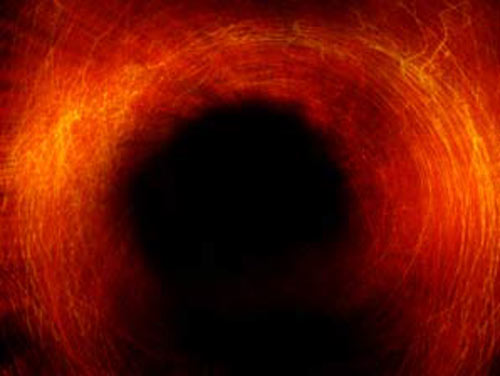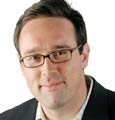
2016 - a year politicos will circle as the most amazing, unpredictable and confusing in modern memory - is officially over.
It's easy - and comfortable - to assume that 2017 will be a return to the natural political order. Political gravity will reassert itself. The country that elected Donald Trump president will come to resemble the country that elected and reelected Barack Obama over the previous eight years.
Count me skeptical. Trump's ascension to the White House feels more like the beginning of something than the end of it to me. The instability of our long-standing institutions, coupled with the creeping anxiety caused by a steady drumbeat of terrorist attacks - the latest coming in Istanbul on New Year's Eve - and a sense that the American Dream is fading away, creates a political climate in which nontraditional politicians promising the world hold massive appeal.
In short: I think we'll see more Trump-like figures in politics, not less. And that a return to some sort of normal never really comes.
Given that, I've come up with three rules to govern my reporting in 2017 - hard-learned lessons from a 2016 campaign that began with me rolling my eyes about the prospect of a Trump presidency and ended with me writing the words "President-elect Donald Trump."
1. The old rules don't apply: Sure, this seems basic and the sort of thing they teach you in journalism school on the first day. (Having never gone to journalism school, I can't be sure.) But the truth is that after decades covering politics, there are certain rules that always hold: The candidate with more money to spend wins 99 percent of the time; the campaign that is staffed with more longtime political pros is more likely to end up on the winning side; and saying controversial things day in and day out is likely to cost you with voters.
Except none of that happened in 2016. Trump was drastically outspent. He cobbled together a political inner circle of political castoffs and people who had never worked in politics. He attacked a former Miss Universe, got in an extended fight with a Gold Star family and took swipes at Sen. John McCain, R-Ariz., for being a prisoner of war.
Any one of those things would have doomed him if the "normal" rules applied. None doomed Trump. Whether that means the old rules are dead or simply that Trump bucked them for one race remains to be seen. But for me, every time I find myself analyzing something based on "the way things work," I am going to stop and think hard about, well, whether that's the way they actually work now.
2. The establishment is dead (or dying): Trump's rise to the White House is, of course, the clearest sign of the declining power of the establishment to handpick its preferred candidate for office. But it's far from the only one.
That Sen. Ted Cruz of Texas, a reviled figure in official Republican Washington, wound up as the only person who had a realistic chance to beat Trump - and that the likes of former Florida governor Jeb Bush and Wisconsin Gov. Scott Walker never had a chance - speaks to how out of touch the Republican establishment is from its base voters.
Ditto Democrats. The rise of Sen. Bernie Sanders of Vermont in the Democratic primary fight against Hillary Clinton stunned an establishment that had lined up behind the former secretary of state years before. The ouster of Democratic National Committee Chair Debbie Wasserman Schultz on the first day of the party's national nominating convention reaffirmed just how badly the party establishment had misread its grass roots.
No one should think that the establishment can get what it wants in 2017 simply by being "the establishment." In fact, that status hinders rather than helps any efforts by party leaders to drive their agenda. 3. Polling has (major) problems: I think pollsters - and the data they produced - got a bit of a bad rap in 2016, especially when you consider that they missed the final margin between Trump and Clinton by far less than was initially assumed.
Still, most professional pollsters acknowledge a systemic problem in determining who will vote - particularly at the state and district level. Polling - and good pollsters admit this - has always been a combination of art and science. The art comes on the front end - working to understand who the electorate is and what it might be in the next election. The science comes out of that art, the hard numbers produced by calculations of who will vote.
As the 2016 election showed, pollsters' ability to accurately determine what the electorate will look like is weaker than at any time in recent memory. There are lots of technical reasons for that difficulty - and lots of smart people in the polling industry working to figure out solutions. But for now, best to proceed with caution when it comes to polls and what they do or don't tell us.


 Contact The Editor
Contact The Editor
 Articles By This Author
Articles By This Author